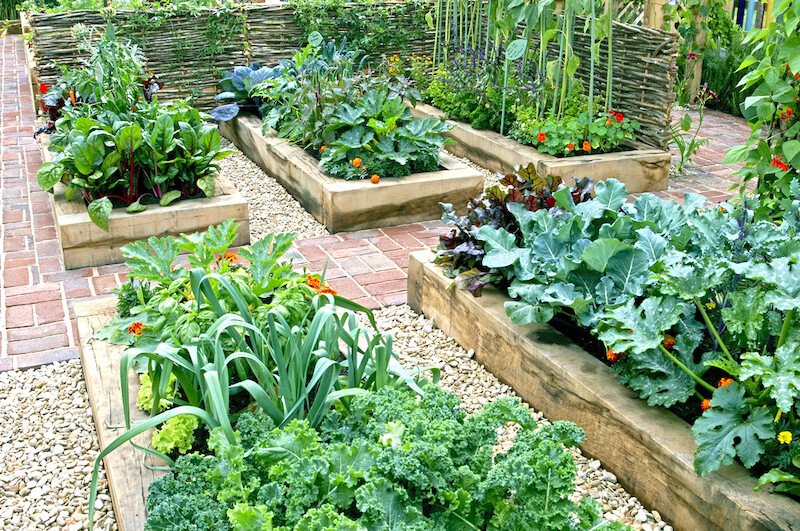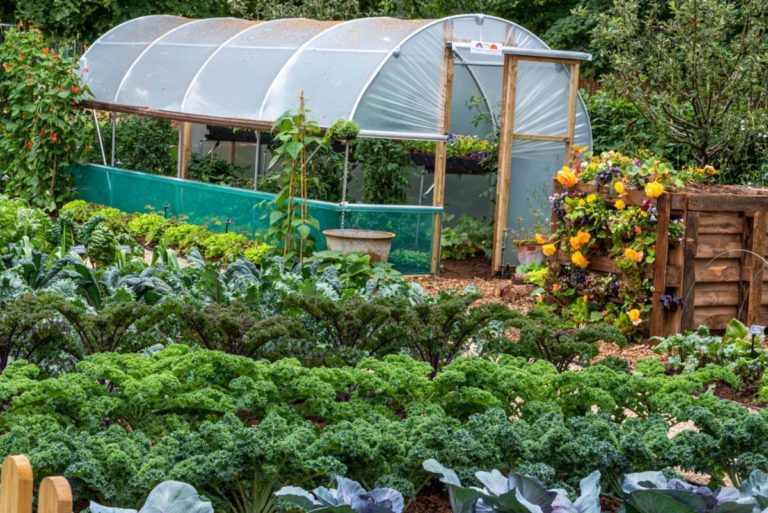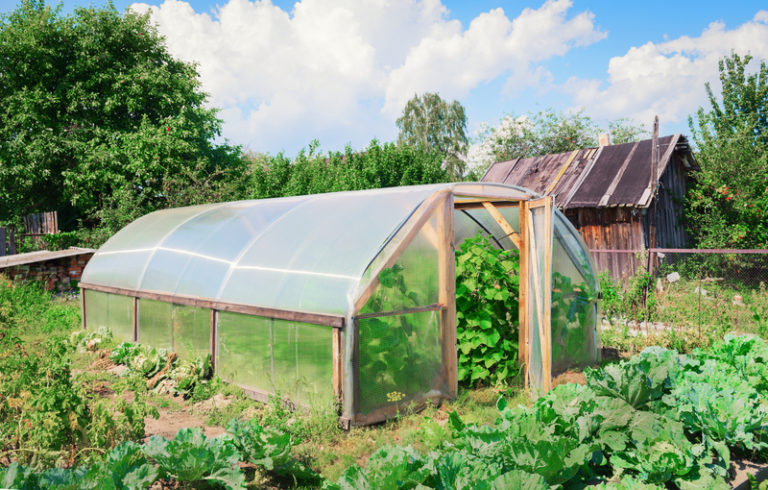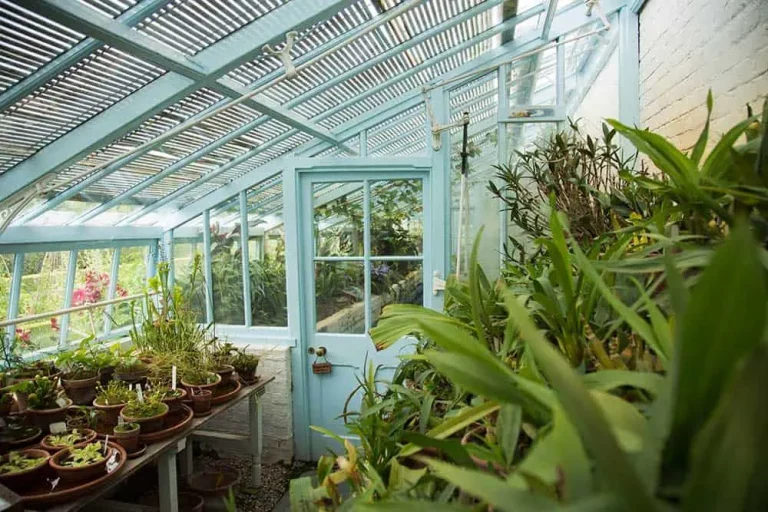Companion planting is a powerful technique that can help gardeners maximize their yields while minimizing pests and diseases.
By strategically placing different plants together, growers can create symbiotic relationships that promote healthy growth, improve soil quality, and deter harmful insects and pathogens.
Whether you’re growing vegetables, fruits, or flowers, incorporating companion planting into your gardening strategy can make a significant difference in your crop yields and overall success.
We will explore the benefits of companion planting, discuss effective pairings for common garden crops, and provide practical tips for implementing this technique in your own garden.
Plant diversity
Plant a variety of crops together to increase biodiversity and reduce pests and diseases.
This approach, known as polyculture, increases biodiversity by providing a variety of habitats and resources for different plant and animal species.
For example, planting legumes like beans and peas with cereals like wheat and oats can enhance soil health and fertility, while also providing a source of nitrogen for the crops.
Planting a mix of annual and perennial crops can create a more stable and productive system, as the annual crops can be harvested multiple times throughout the growing season, while the perennial crops can provide a steady source of food and habitat for beneficial insects and animals.
Furthermore, by planting a diverse array of crops, you can reduce the risk of pests and diseases, as a healthy and balanced ecosystem is less susceptible to infestations and outbreaks.
Overall, by embracing polyculture, you can create a thriving and sustainable garden ecosystem that is both productive and beautiful.
Choose complementary plants
Pair plants that have different growth habits, flowering times, and nutrient requirements to create a balanced and healthy garden ecosystem.
When selecting plants for your garden, it’s important to choose complementary plants that work together in harmony to create a balanced and healthy ecosystem.
This means choosing plants with different growth habits, flowering times, and nutrient requirements to ensure that each plant has the resources it needs to thrive.
For example, you might pair a fast-growing, nitrogen-fixing legume like clover or beans with a slower-growing, heavy feeder like tomatoes or squash.
This allows each plant to contribute its unique strengths to the garden while also ensuring that no one plant dominates the space and outcompetes the others.
By choosing complementary plants, you can create a diverse and resilient garden ecosystem that is better able to withstand pests, diseases, and other challenges.
Use trap crops
Plant a crop that is more attractive to pests than your main crop, such as nasturtiums to attract aphids away from your garden.
Planting trap crops is an effective and eco-friendly method to deter pests from your main crops.
A trap crop is a plant that is more attractive to pests than your main crop, drawing the pests away from your valuable plants.
For example, nasturtiums are a great trap crop to use to attract aphids away from your garden.
These brightly colored flowers are irresistible to aphids, and they provide a nutritious food source for the pests.
By planting nasturtiums around the perimeter of your garden, you can lure the aphids away from your main crops and reduce the risk of infestation.
This method is especially effective when combined with other integrated pest management techniques, such as using beneficial insects or spraying soapy water to control the pests.
With a little planning and creativity, you can use trap crops to keep your garden healthy and thriving.
Utilize allelopathy
Plant species that release chemicals that inhibit the growth of nearby plants, such as marigolds to deter nematodes.
Looking to boost your garden’s productivity and health?
Consider utilizing allelopathy, a powerful tool in the world of plant-based agriculture!
By incorporating plant species that release chemicals that inhibit the growth of nearby plants, you can create a more balanced and thriving garden ecosystem.
For example, marigolds are well-known for their ability to deter nematodes, those pesky microorganisms that can wreak havoc on your crops.
By intercropping marigolds with your desired crops, you can not only repel nematodes but also improve soil health and reduce the need for artificial pesticides and fertilizers.
This simple yet effective technique can revolutionize your gardening approach and lead to healthier, more resilient plants.
Start utilizing allelopathy today and witness the transformative power of plant-based agriculture in action!
Provide sacrificial plants
Plant sacrificial plants, such as tomato stalks, to attract pests and diseases away from your main crops.
To protect your main crops from pests and diseases, consider providing sacrificial plants, such as tomato stalks, to attract these unwanted guests away from your prized vegetables.
By planting these sacrificial plants near your main crops, you can create a buffer zone that draws the pests and diseases away from your main crops, reducing the risk of infestation and infection.
This technique is particularly effective for pests and diseases that are attracted to specific plants, such as aphids on roses or powdery mildew on cucumbers.
By offering up these sacrificial plants as a food source, you can distract the pests and diseases and keep them away from your main crops.
Many sacrificial plants, such as marigolds and basil, also have natural pest-repelling properties that can further enhance their effectiveness as decoys.
By incorporating sacrificial plants into your garden design, you can create a more balanced and resilient ecosystem that better withstands pest and disease pressures.
Create a polyculture
Plant multiple crops together in the same bed, such as corn, beans, and squash, to increase biodiversity and productivity.
Planting multiple crops together in the same bed, such as corn, beans, and squash, is a technique known as polyculture.
This approach not only increases biodiversity and productivity but also promotes a more resilient and sustainable garden ecosystem.
By planting multiple crops together, you can take advantage of the unique growing habits and attributes of each plant.
For example, corn provides a structure for beans to climb, while beans fix nitrogen in the soil, and squash spreads out weeds and shades the soil, reducing evaporation and retaining moisture.
This not only maximizes the use of space but also minimizes the need for external inputs like fertilizers and pesticides.
Polyculture can also enhance ecosystem services like pollination and pest control, creating a more thriving and balanced garden ecosystem.
By incorporating polyculture into your gardening practice, you can enjoy a more diverse and productive harvest while also fostering a healthier and more sustainable environment.
Incorporate attractors
Plant species that attract beneficial insects, such as bees and butterflies, to promote pollination and pest control.
To promote pollination and pest control, consider incorporating attractors for beneficial insects such as bees and butterflies into your garden design.
These attractors can be as simple as planting a diverse selection of nectar-rich flowers, herbs, and vegetables that are known to attract beneficial insects.
For example, lavender, rosemary, and dill are all known to attract bees and other beneficial insects.
You can consider incorporating physical features such as bee hotels or butterfly houses that provide shelter and nesting sites for beneficial insects.
By attracting these beneficial insects, your garden will not only be more productive and resilient, but it will also provide a welcoming habitat for these important pollinators and pest control agents.
By choosing the right plants and incorporating physical attractors, you can create a thriving ecosystem that supports the growth and health of your garden, while also contributing to the health of the wider environment.
Mulch and compost
Use mulch and compost to improve soil health, retain moisture, and suppress weeds, which can reduce pest and disease pressures.
Mulch and compost are two essential elements that can significantly improve the health of your soil, retain moisture, and suppress weeds.
Mulch, a layer of organic material such as wood chips or leaves, acts as an insulation blanket for your soil, preventing it from becoming too hot or too cold.
This helps to create a more stable and consistent environment for your plants to grow, and can also improve soil structure and fertility.
Compost, made from decomposed organic matter, is rich in nutrients and can help to improve soil health, increase the activity of beneficial microorganisms, and boost the overall productivity of your soil.
By incorporating both mulch and compost into your gardening routine, you can create a healthier, more resilient soil ecosystem that is better able to support the growth of your plants and reduce pest and disease pressures.
This is especially important in areas with extreme weather conditions, as mulch and compost can help to insulate and protect your soil from the harsh effects of drought, heat, or cold.
Mulch and compost can help to suppress weeds, which can be a significant pest and disease pressure in gardens.
By incorporating these elements into your gardening routine, you can create a healthier, more productive soil ecosystem that is better able to support the growth of your plants and reduce the need for pesticides and other chemical inputs.
Want More? Dive Deeper Here!
Hey there! If you’re the type who loves going down the rabbit hole of information (like we do), you’re in the right spot. We’ve pulled together some cool reads and resources that dive a bit deeper into the stuff we chat about on our site. Whether you’re just killing time or super into the topic, these picks might just be what you’re looking for. Happy reading!






